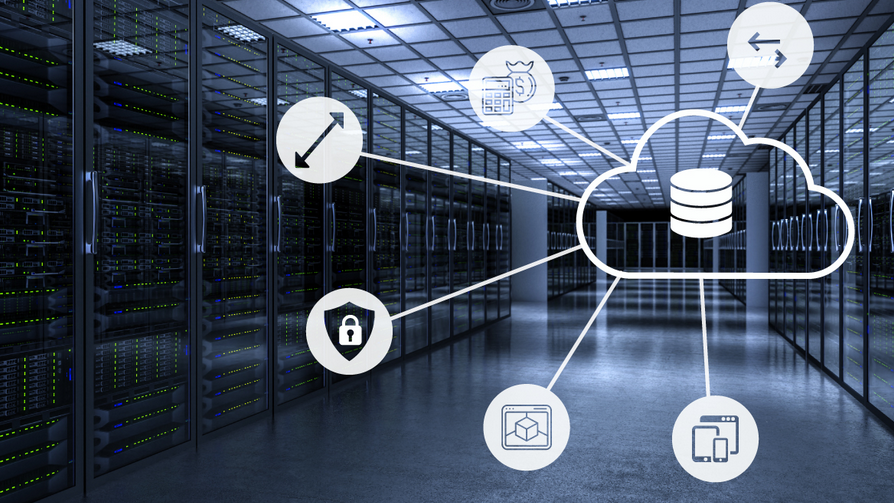In the previous section, we were focused on how to do things right. However, it’s also important to highlight the most common scenarios, configurations, and design decisions where a resulting configuration proved to be ineffective and error-prone.
Compute
Compute resources provide the necessary CPU and memory resources for virtual machines. Let’s review the most common misconfigurations and/or suboptimal design choices:
- Sizing
It’s often the case that VMware Cloud on AWS SDDCs are either undersized or oversized. Undersized environments lead to low performance and a bad user experience, while oversized environments are expensive in terms of cost per VM. Opting for a right-sizing exercise and expanding on-premises vSphere environments as an afterthought may result in running into extended procurement cycles. However VMware Cloud on AWS benefits from the flexible and elastic capacity of public clouds. Paired with the right Elastic DRS policy, organizations can achieve cost savings by leveraging the scale-in option of the Elastic DRS policy, and performance burst, if required, by scaling out their cluster when demand grows. We recommend using custom Elastic DRS policies, which give you much better control not only over the storage resources, but also CPU and memory.
- Host type
Another common misconfiguration we observe a lot is selecting the wrong host type. We observe most issues with configurations involving the i3.metal host type. i3.metal might be suitable for running general-purpose workloads, but its outdated CPU (Broadwell) and lack of hyperthreading (and as a result, its low amount of CPU resources) makes resource contention very possible, especially with entry-level clusters (https://vmc.techzone.vmware.com/resource/entry-level-clusters-vmware-cloud-aws). A two-host i3.metal cluster is limited to 35 simultaneously running VMs, as most of the CPU resources are allocated to management VMs. Such a cluster might be suitable as a management cluster but should not be considered for production implementation. i3.metal End of Sale (EoS) naturally eliminates this problem; however, you still might be tempted to take i3.metal using an on-demand subscription for your ongoing project to profit from the cost. We strongly recommend not doing so at this point and consider i4i.metal, which has a much more powerful and modern CPU.
- SDDC upgrade and lifecycle management
Most of the observed issues are tied with the wrong expectations: VMware releases a new SDDC software bundle every 6 months. This bundle is based on the latest vSphere + NSX version at the release time. With all the excitement, there are a couple of issues to underline:
- Do not expect your SDDC to be upgraded overnight. For a brownfield (existing) SDDC, the estimated upgrade time is 6+ months. Depending on the complexity of your SDDC, it may be more.
- Version inconsistency: VMware Cloud on AWS SDDCs always use the latest available build for deployment. You cannot specify a build version when deploying your SDDC. Current bundles use vSphere 8, while your on-premises environment might be still on vSphere 7. It may have a negative effect on reverse migration, potential incompatibility with management/automation/monitoring tools, and prevent you from raising the virtual hardware level of the VMs you migrate to the cloud.
- Configuration management
VMware Cloud on AWS is offered as a managed service. Most ESXi/vSphere cluster/vCenter configurations are predefined and cannot be changed. If your applications or automation tools depend on a particular advanced setting, make sure to clarify the configuration before deployment. You would not be able to change the value after deployment.
